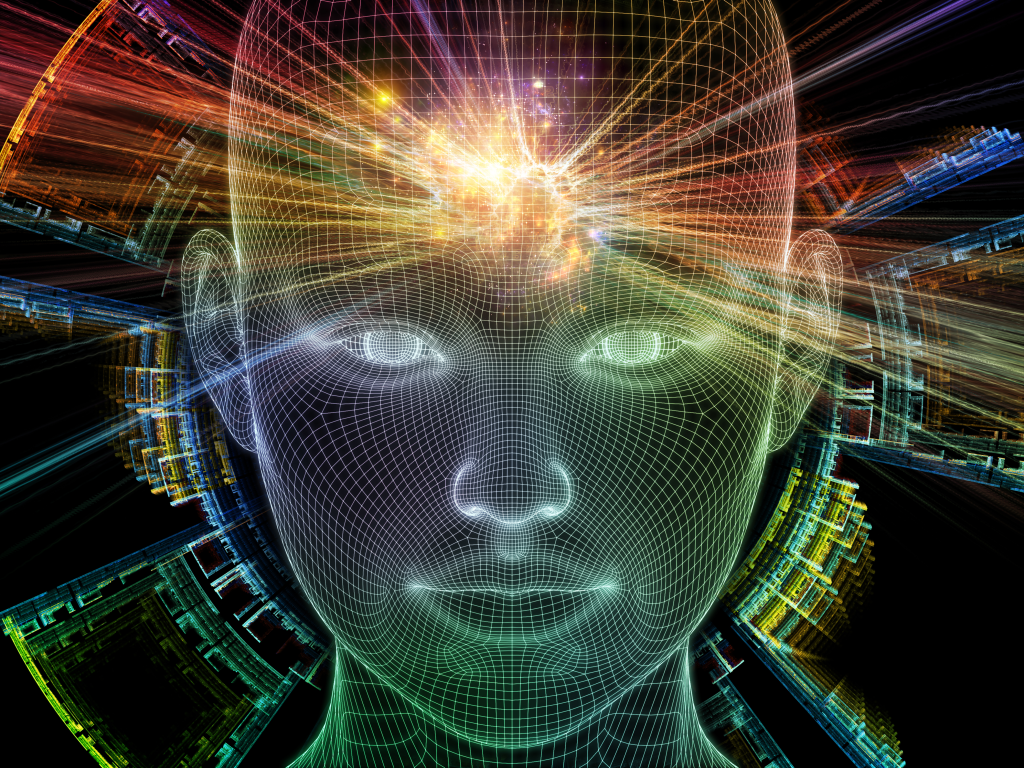Engineers Invent Headset That Records Your Dreams -And Lets You Play Them Back When You Wake Up!

Close your eyes. Drift into sleep. Enter a world untethered by physics, time, or logic. A place where your mind paints wild landscapes, summons long-lost faces, and whispers truths your waking self often ignores. We call these experiences dreams. For centuries, they’ve been shrouded in mystery—interpreted by mystics, studied by scientists, and lived in silence by all of us. But what if you could watch your dreams when you wake up? What if technology could decode the chaos of your sleeping mind and reveal it back to you—frame by frame, image by image?
This isn’t science fiction. It’s science, unfolding in real time.
Engineers in Japan have developed a device that can begin to reconstruct dream imagery using brain scans and artificial intelligence. It’s still in the early stages, but its implications ripple far and wide—through the fields of neuroscience, psychology, ethics, and even spirituality. This is not just a story about machines or brainwaves. It’s a story about us. About what we bury, what we long for, what we fear, and what we hope to understand about ourselves in the deepest hours of the night.

Turning Dreams Into Data — The Science Behind the Breakthrough
Imagine waking up and watching your dreams like a film reel—your subconscious laid bare on screen. That idea is no longer reserved for science fiction. Engineers and neuroscientists at the ATR Computational Neuroscience Laboratories in Kyoto, Japan, have developed a device that combines artificial intelligence with functional magnetic resonance imaging (fMRI) to decode and reconstruct dream imagery with striking accuracy. Led by Professor Yukiyasu Kamitani, the research team monitored brain activity of volunteers during sleep, particularly during the REM phase when dreams are most vivid. Upon waking, participants were asked to describe what they had seen, and these descriptions were compared to their brain scans. Using this data, scientists trained AI systems to link specific neural patterns to particular visual elements, achieving over 60% accuracy in predicting general dream content and more than 70% when it came to specific imagery.
The underlying technology does not function like a camera, but rather like a translator—converting complex neural signals into visual approximations through machine learning. Each person’s brain responds to stimuli differently, so researchers built an individual neural “dictionary” for each subject. This level of precision enabled the system to reconstruct dream content that was often consistent with participants’ verbal reports, revealing a direct correlation between brain activity and the subjective experience of dreaming. As Dr. Mark Stokes, a cognitive neuroscientist at the University of Oxford, put it, this research presents an exciting leap toward machines that can decipher the hidden narratives of the human mind. It opens new doors to understanding the visual language of dreams—something that has mystified scientists and philosophers alike for centuries.
While still in its developmental stages, the dream-recording headset carries enormous potential beyond mere fascination. It could revolutionize the way we understand the human brain, the roots of consciousness, and even the causes of psychological disorders. Researchers are optimistic that future advancements will allow for clearer, more accurate reconstructions, possibly even revealing the emotional undertones and deeper symbolic meanings embedded in dreams. From aiding mental health diagnostics to exploring the uncharted territories of the mind, this technology marks the beginning of a new era—one where the boundary between imagination and reality becomes a little more transparent.

What This Means for Mental Health and Self-Understanding
Beyond its technological marvel, the dream-recording headset hints at a transformative tool for mental health. Dreams, long thought to be windows into our inner emotional states, may soon be readable in a way that provides concrete data rather than just subjective interpretation. With more refined accuracy, researchers believe this technology could help clinicians better understand how individuals process emotions, trauma, and subconscious stress—elements that often surface in dreams before they’re consciously acknowledged. In cases of conditions like PTSD, anxiety, or depression, dream analysis supported by brain-imaging data could offer early indicators and personalized insights into the patient’s mental state, allowing for more tailored and timely interventions.
Moreover, the ability to record and review dreams opens the door for individuals to engage in a deeper form of self-reflection. Many of us wake up with only fragments of a dream and a vague emotional imprint. This technology could give people the chance to witness the full narrative of their subconscious, offering clues about unresolved conflicts, hidden desires, or suppressed memories. As our understanding of the mind-body connection continues to evolve, this device could act as a mirror—not just reflecting what we know about ourselves, but revealing what we don’t. It’s a new kind of introspection, one that combines neuroscience with personal growth in a way never before possible.
However, it’s important to remember that this is still emerging science. The current iterations of the device offer partial glimpses, not full movies. Yet the direction is clear. As AI models grow more sophisticated and our grasp of neural mapping deepens, we may reach a point where not only can dreams be decoded—they can be understood with the same clarity we apply to waking thought. This could shift how we view therapy, emotional intelligence, and even identity itself. In a world that often encourages external validation, the ability to peer inward with precision may be one of the most powerful tools for healing and human development.

Consciousness, Ethics, and the Question of Privacy
With every major technological leap comes a set of ethical dilemmas, and dream-recording technology is no exception. As fascinating as it is to visualize our innermost thoughts, it also brings up urgent questions: Who owns our dreams? Can they be accessed without consent? If a device can reconstruct a person’s subconscious experiences, it introduces the possibility of misuse—by governments, corporations, or even individuals. Just as we’ve grappled with privacy in the digital age through social media and data surveillance, this new frontier extends those concerns into the most intimate part of our existence: the mind itself.
Ethicists and neuroscientists alike are already calling for proactive discussions and regulations to ensure that the power to decode dreams doesn’t come at the cost of personal freedom. The brain is not just a biological organ; it is a vault of identity, memory, imagination, and vulnerability. Unlike spoken words or typed messages, dreams are unfiltered—they expose us at our most raw and unguarded. The potential to extract that kind of information must be balanced with the responsibility to protect it. Much like how medical records are treated with confidentiality, similar standards may be needed for neural data, especially as it becomes easier to interpret.
This raises profound philosophical questions as well: if machines can access our dreams, where do we draw the line between public and private thought? Does recording a dream alter its essence? Will people change their sleep patterns out of fear of surveillance? These concerns may seem speculative now, but as history has shown with every technological innovation—from the printing press to the smartphone—what begins as a marvel can quickly become a mirror reflecting the society that wields it. The challenge is not just in developing the technology, but in ensuring our ethics evolve with it.
Bridging Science and Spirituality
What makes this dream-recording device especially compelling is not just the science—it’s the way it blurs the lines between the tangible and the intangible, the measurable and the mystical. For centuries, dreams have been the realm of poets, mystics, and philosophers. Ancient cultures saw them as messages from the divine or pathways to alternate realities. Modern psychology, led by thinkers like Freud and Jung, interpreted dreams as the language of the subconscious, rich with archetypes and hidden meanings. Now, for the first time, we are not just theorizing about dreams—we’re capturing them in visual form.
This convergence of disciplines invites a new kind of dialogue—one that honors both empirical evidence and existential inquiry. Imagine sitting down to analyze a dream not only with a therapist but also with the aid of visual reconstructions generated by your brain activity. It offers a bridge between logic and intuition, between hard science and the soft, symbolic terrain of the human psyche. And for people who feel disconnected from themselves or lost in life’s noise, such tools could provide a deeply personal map—a glimpse into the stories their minds are trying to tell them each night.
In a world that often prioritizes productivity and external achievement, there’s something quietly revolutionary about paying attention to dreams. They are reminders that beneath the surface of daily life lies a vast and unexplored inner world. This technology doesn’t diminish the mystery of dreams; it deepens it. It reminds us that even with all our advancements, we are still learning how to listen—to ourselves, to our subconscious, to the quiet wisdom embedded in the chaos of our sleeping minds.

The Bigger Picture — What Kind of Future Are We Dreaming Into?
At its core, this innovation is more than a technological feat—it’s a reflection of where we’re headed as a species. When we develop machines that can decode our dreams, we are no longer just observers of the human experience—we are architects of a new relationship with consciousness itself. But the deeper question is not just can we do it; it’s why we’re doing it. Are we trying to understand ourselves more deeply? Heal what’s broken? Or simply push boundaries because we can?
The dream-recording headset is a mirror of possibility. It holds the promise of greater empathy, better mental health, and richer self-awareness. But it also challenges us to remain grounded—to ensure our technological evolution is matched by moral and emotional maturity. The dreams we record may soon be stored, studied, even shared. But the dreams we pursue—the visions we have for humanity—those are still unwritten. And maybe, just maybe, this technology can help us dream not only more vividly but more wisely.

So the next time you close your eyes at night, ask yourself: what stories is your mind trying to tell you? What patterns is your soul revealing? And if one day those dreams can be played back for the world to see, will you be proud of the life they’re based on? Because in the end, it’s not just about watching your dreams—it’s about waking up to them.
Loading...

